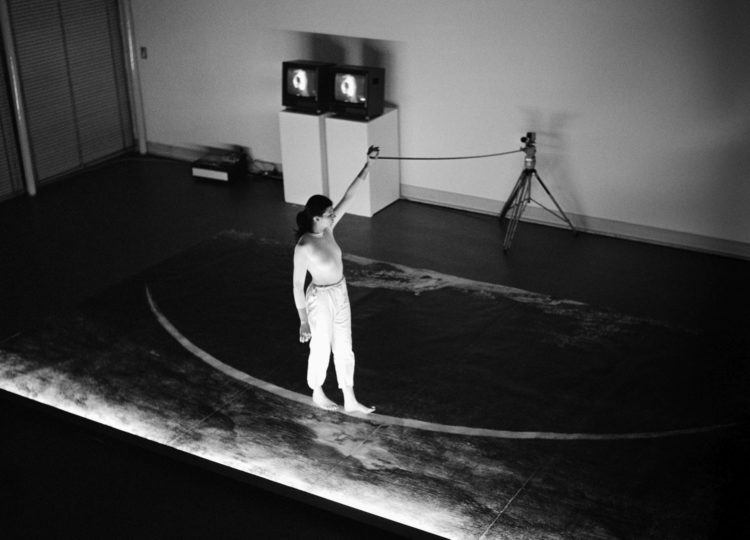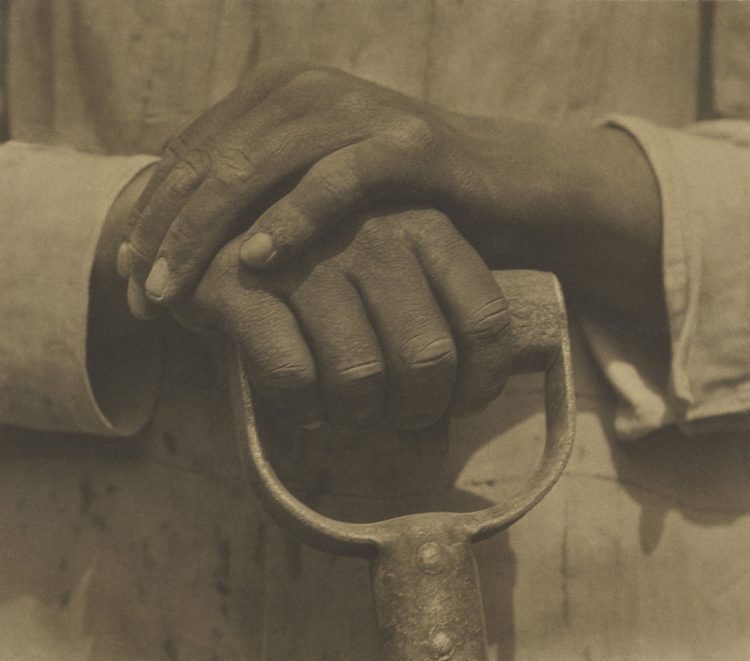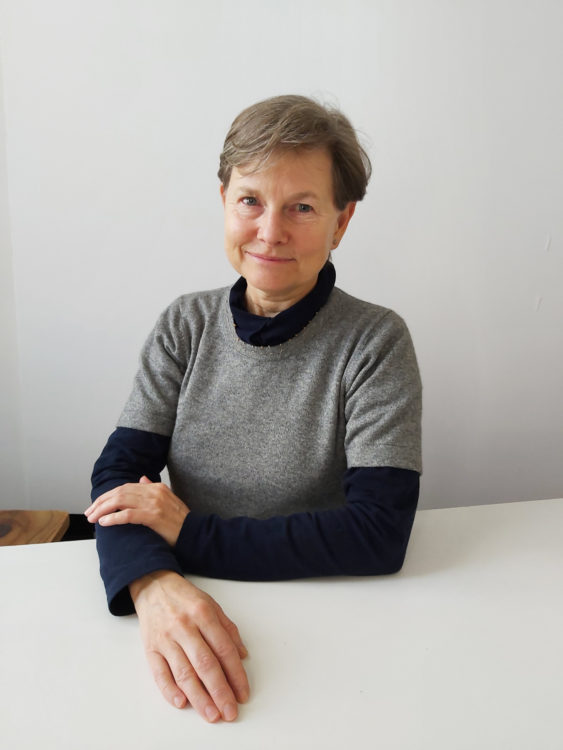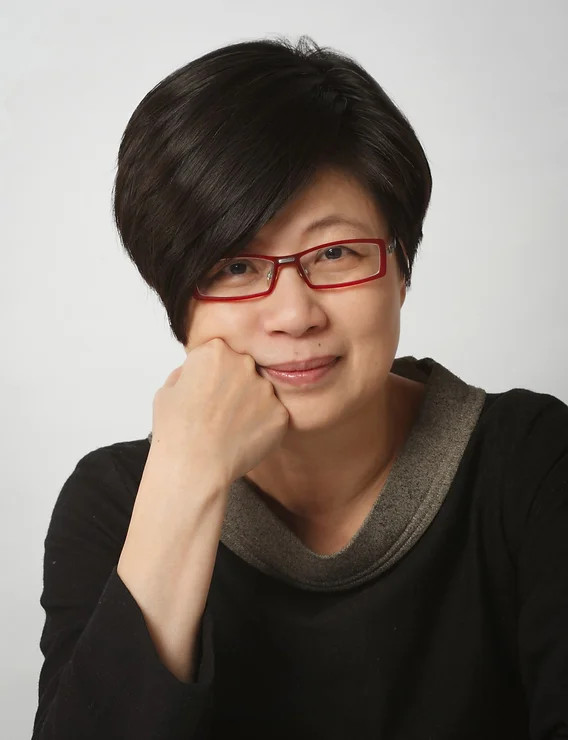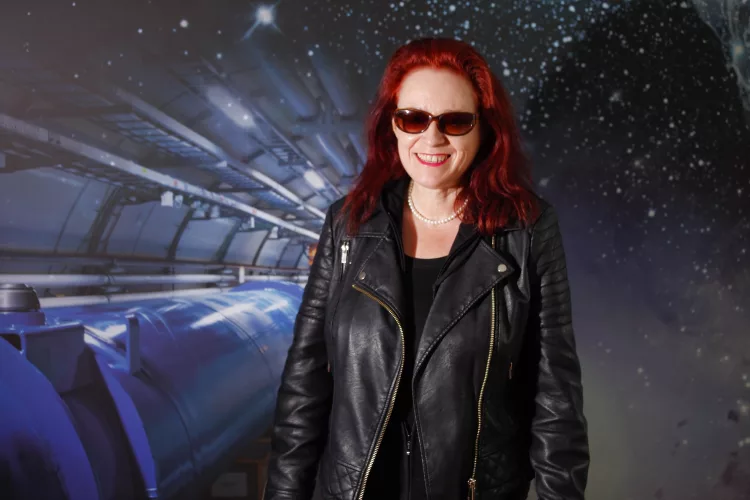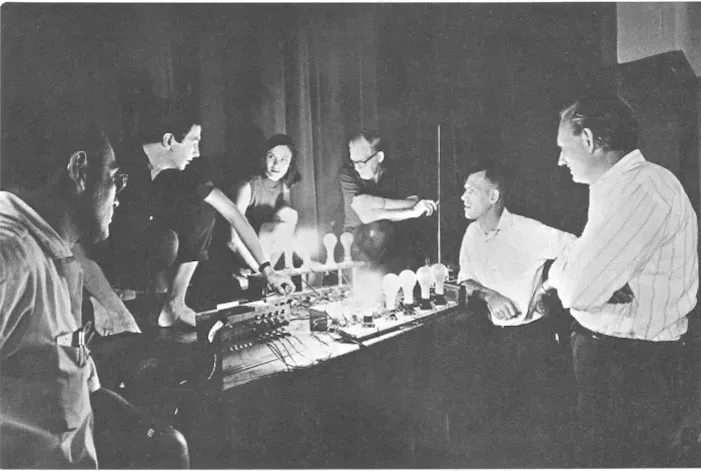Simone Michelin
Herkenhoff, Paulo et al, Luciferinas: Simone Michelin, Rio de Janeiro, Aeroplano Instituto Oi Futuro, 2011
→Chiarelli, Tadeu, Deslocamentos do Eu: O auto-retrato digital e pré-digital na arte brasileira (1976-2001)[Displacements of the Self: Digital and pre-digital self-portraits in Brazilian art (1976-2001)], Itaú Cultural Campinas, 2001
→Arantes, Priscila, Arte e Mídia, perspectivas da estética digital [Art and Media, perspectives on digital aesthetics], São Paulo, SENAC São Paulo, 2006
10ª Bienal de Havana, São Paulo, March 2009 – April 2009
→Video Links Brazil, Tate Modern, London, March 2007
→Made in Brasil: Três Décadas do Vídeo Brasileiro, 14th Festival Sesc_Videobrasil, São Paulo, September 2003 – October 2003
Simone Michelin’s body of work spans over four decades and includes videos, photographs, immersive audiovisual installations, sound art, online and virtual reality projects, and performances. Her extensive and diverse oeuvre explores the intersection of art, science, and technology. However, her approach does not glorify technology or accept its role in society as a given. On the contrary, Michelin explicitly addresses the political dimensions, as well as the mechanisms of power and control, that define contemporary technological realities.
Breaking from conventional narratives, the artist, hailing from southern Brazil, grounds her work in the specific realities of the country—in turn part of the Global South, where access to consumer goods is unequal and undemocratic. From this geopolitical perspective, Michelin situates her art within the public sphere, engaging with the social fabric and creating a nuanced dialogue between body and language, local and global, individual and collective. Thus, the potency of her work lies in her use of “technological art” as a field for critical action rather than mere contemplation—raising questions, highlighting uncertainties, and impacting and shaping how viewers interact with and view the world around them.
As part of the second generation of Brazilian video art, Simone Michelin began her career in the late 1970s, establishing her reputation over the following decade with works that integrated video, photography, and public-space interventions. She gained recognition with the immersive installation Prato Feito (1984), set in a restaurant, where she addressed issues and themes related to the socio-political landscape during the final years of Brazil’s dictatorship. Later, she embarked on the long-term, work-in-progress project A Noiva Descendo a Escada, developed between 1989 and 2011, using diverse media to ironically explore the role of women in art history.
Michelin continued to incorporate emerging technologies into her practice, deepening her investigation into the relationships between body, space, and media. One notable example is ADA – Anarquitetura do Afeto(ADA – Anarchy of Affection, 2004), a piece that challenged contemporary surveillance systems by filming the interior of the exhibition space and broadcasting it live to the street, thereby transforming the “internal circuit” of cameras into an “external circuit.” In the 2000s, the artist was prominently featured in three editions of the Videobrasil Festival, presenting works that critically examined themes such as consumerism and the commercialization of the internet.
Among her works that engage with urgent contemporary social issues is the immersive installation Qualia(2010), which employed cutting-edge technology to denounce state violence and the powerful influence of drug trafficking in Rio de Janeiro. In recent years, the artist has turned her focus to indigenous issues, addressing the violence inflicted upon indigenous peoples in videos and installations such as Tiam(A)tu(2023) and Caiçara Vermelha (2022).
Simone Michelin holds a PhD in Visual Arts from the Federal University of Rio de Janeiro, completing advanced studies at Temple University and the University of Plymouth. Her work has been shown at the Museu de Arte do Rio, the 10th Havana Biennial, the 7th Mercosul Biennial, Tate Modern, and ZKM, among others.
A biography produced as part of the programme “Living with two brains: Women in New Media Art, 1960s-1990s”
© Archives of Women Artists, Research and Exhibitions, 2024



 VideoArtePapo, Simone Michelin Interview: VideoArtePapo | Simone Michelin, 2022
VideoArtePapo, Simone Michelin Interview: VideoArtePapo | Simone Michelin, 2022  Lecture by Simone Michelin at the Banco do Brasil Cultural Center: Palestra de Simone Michelin no Centro Cultural Banco do Brasil, 2018
Lecture by Simone Michelin at the Banco do Brasil Cultural Center: Palestra de Simone Michelin no Centro Cultural Banco do Brasil, 2018 










